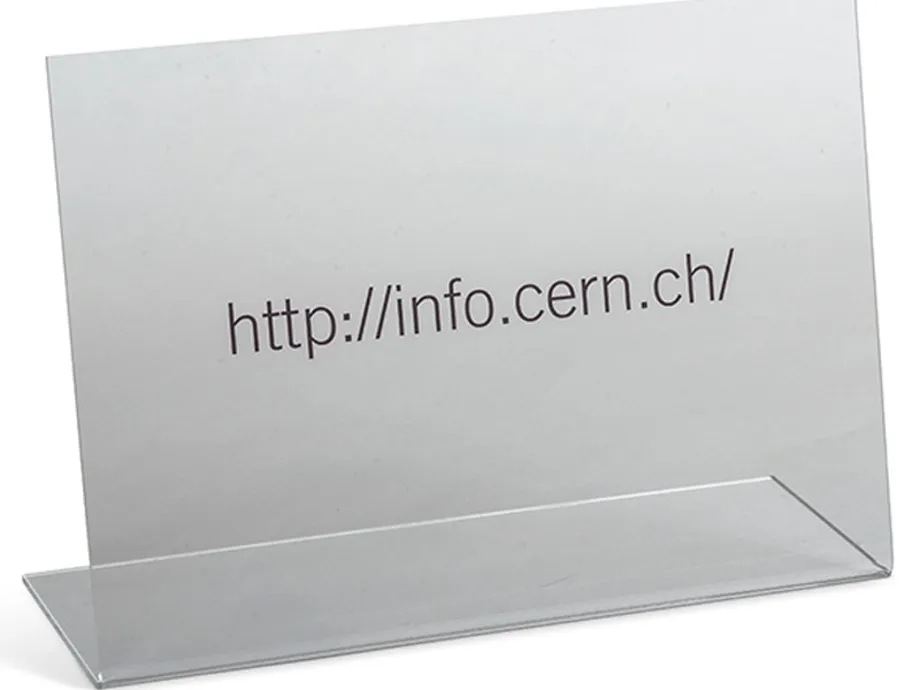Internet
The internet is a global system of interconnected computer networks that use the standard internet protocol suite (TCP/IP) to link several billion devices worldwide.
It is a network of networks that consists of millions of private, public, academic, business and government networks of local to global scope, linked by a broad array of electronic, wireless and optical networking technologies.
The internet carries an extensive range of information resources and services, such as the interlinked hypertext documents and applications of the World Wide Web (WWW), the infrastructure to support e-mail, and peer-to-peer networks for file sharing and internet telephony.
CERN web address
The CERN website address shown here was the first web address on the World Wide Web, an information space that can be accessed via the internet.
British computer scientist Tim Berners-Lee, the inventor of the Web, was a CERN employee and he distributed a proposal on 12 March 1989 for what would eventually become the World Wide Web. The initial proposal intended a more effective CERN communication system.
Berners-Lee and Robert Cailliau proposed in 1990 to use hypertext to link and access information of various kinds and Berners-Lee finished the first website in December 1990.

